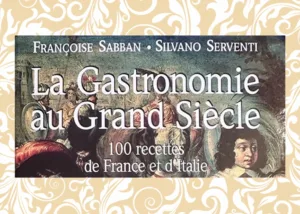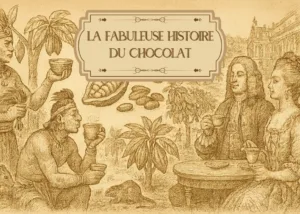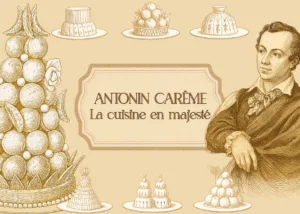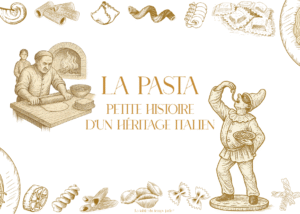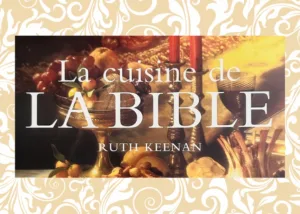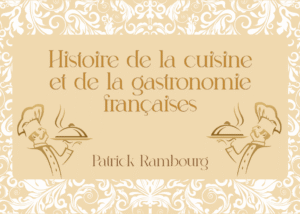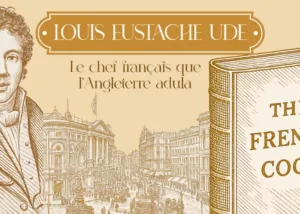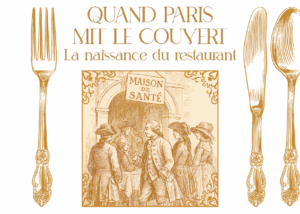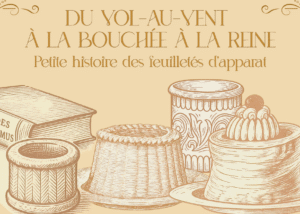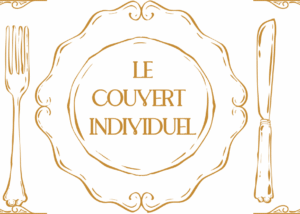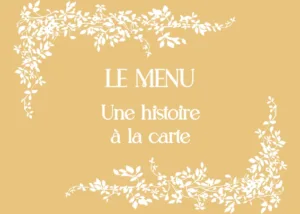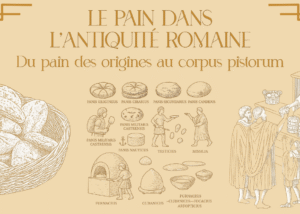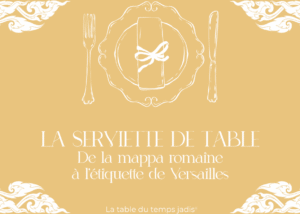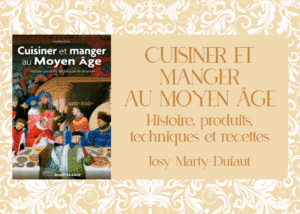Pasta
Little story of an Italian heritage

Universal and deeply Italian , Pasta is much more than a simple dish. It is a living heritage , born from wheat, wind and hands. It has nourished bodies, stories and civilizations - crossing centuries by changing shape without ever betraying its essence.
Long shaped to last, it becomes over time a symbol of conviviality , unity and shared daily. The history of pasta is that of a dialogue between necessity and imagination, territory and transmission. A story of taste ... and culture.

Pasta and memory: origins, myths and truths
The history of Pasta begins long before modern Italy. Archaeologists have found in China a bowl of 4000 -year -old millet noodles However, the filiation between these Asian noodles and Italian pasta remains to this day without proven link. No text, no route formally links them.
In Italy , the first traces of pasta date back to Antiquity . The Lagane , cited by Cicero , Seneca then Apicius , were strips of paste without sourdough, often boiled, sometimes superimposed. They were indeed pasta in their fresh, craft and ephemeral form . It will be necessary to wait for the development of dry pasta to see the birth of a lasting, storable product, intended to circulate on a larger scale.
It was in Sicily , in the 12th century, that a crucial stage appeared. The Arab geographer al-Igrîsî , in 1154, described the large-scale manufacturing of Itriyya - dry pasta -in the village of Trabia . These filaments of dough, products and exported, can be easily kept. The Mediterranean climate and the cultivation of durum wheat promote their development. The " Pasta sesca" was born.
The myth that Marco Polo reported the pasta of China in the 13th century is now dismissed. Italian texts attest to the existence of pasta long before its return in 1295. Pasta is not a loan, but a Mediterranean invention with multiple influences.

Lasagna lagane: Pasta takes shape
In Rome , in the 1st century, Apicius offered us the first recipes of Lagane : fine superimposed leaves, associated with scented pranks. These lasagna are not yet gratin, but their structure is already there. Kitchen of ingenuity, it responds to the tastes of a literate elite, attentive to textures and spices.
With the reflux of Muslim dominations in the 13th century, Pasta won the cities of the north and the center . In Liguria , the trofies , born, according to legend, in the time of the crusades, are the fruit of a know-how transmitted by women. Production was documented there in 1244, and in 1574, the corporazione dei pastai (corporation of pasta manufacturers) was born in Genoa , testifying to a professional structuring of the sector.
In Naples , from the 15th century, the MacCheroni ext on thanks to the bronze press. The alleys are filled with dryers, the craftsmen organize themselves, production is diversifying. In Bologna , the lasagna , already cited in medieval texts, are essential in generous layers, garnished with meat and cheese.
In 1570, Bartolomeo Scappi , pope Pie V , mentioned in his opera sweet or savory preparations based on dough: Vermicelli , Tagliolini , Lasagna , Roulades and Duebuts. Pasta appears baroque, multiple, shaped according to pontifical splendor . It is now a table food, party, collective memory.

Ancient letters to the commedia dell'arte
In the writings, the pasta becomes everyday mirror, social satire or dream of abundance.
At Horace's , in the 1st century BC. AD, the menu of a frugal dinner already mentions the Lagane . More than a dish, it is a way of being in the world - sober and sensual.
A century later, Apicius , the famous Roman gastronoma , refined the recipe. It alternates layers of dough, pranks and spices sauces.
In the 13th century, Salimbene of Adam , a facetious Franciscan monk, confessed in his chronicles his pleasure to taste " Ghiotte Lasagne " (gourmet lasagna) during the holidays. We feel almost guilty of having sinned by appetite.
Then comes Boccace . In a passage from Decameron , he describes a fabulous country where the mountains are of grated parmesan, and where the inhabitants spend their time riding maccheroni and ravioli . A satire full of fantasy, but also proof: pasta is already a dream.
Finally, in Naples , Polichinelle , character of the commedia dell'arte , swears by the MacCheroni . He hides them, devours them, brandishes them like trophies. He embodies a people who defends his pasta as a fundamental right - between theater and resistance.

Icon of a people: pasta in the mirror of unity
From the 18th century, the paste slide from the palace to the street. In Naples always, the Maccaronari , itinerant sellers of MacCheroni , become familiar figures. Armed with a stove and a cauldron, they feed the crowds. The engravings show them busy, surrounded by children, laughter and tomato sauce.
Pasta the people - and paradoxically, this is what makes it a national symbol . In the 19th century, when Italy united , it seemed to be common benchmarks. The dialects divide, the pasta brings together. It is produced in Naples , but we consume it to Turin or Florence . She becomes the silent ambassador of an Italianity in gestation.
Industrialization plays a decisive role . The first large pasta factories appear. We perfection drying techniques with artificial hot air. The molds improve, the formats are standardized . The cardboard box replaces the canvas bag. And above all, we export pasta with migrants: to the Americas , to France , to the whole world .
In the advertising posters of the time, the Pasta surrounds herself with cherubs, round cooks and dreamy slogans. The textbooks boast of the virtues. Pasta becomes "moral": simple, nourishing , Italian .
And yet, in this rise in power, it never loses its popular anchoring. She remains the Sunday meal , large tables, noisy families. A transmission wire , a wire… from Pasta.
Humble and brilliant food , pasta crosses the centuries, keeping what makes its strength: its plasticity, its simplicity, its cultural depth. She married ages, techniques, migration. She crossed social classes , borders , oceans .
Even today, some territories perpetuate this art with a rare requirement. In Gragnano , in Campania , tradition is mixed with excellence : the dough is still Trafilata al Bronzo , slowly dried at low temperature , according to secular gestures. The climate , water , wheat , know -how : everything contributes to Pasta di Gragnano a real preciousness, simple and sublime at the same time.

Find other blog articles
Find other blog articles



